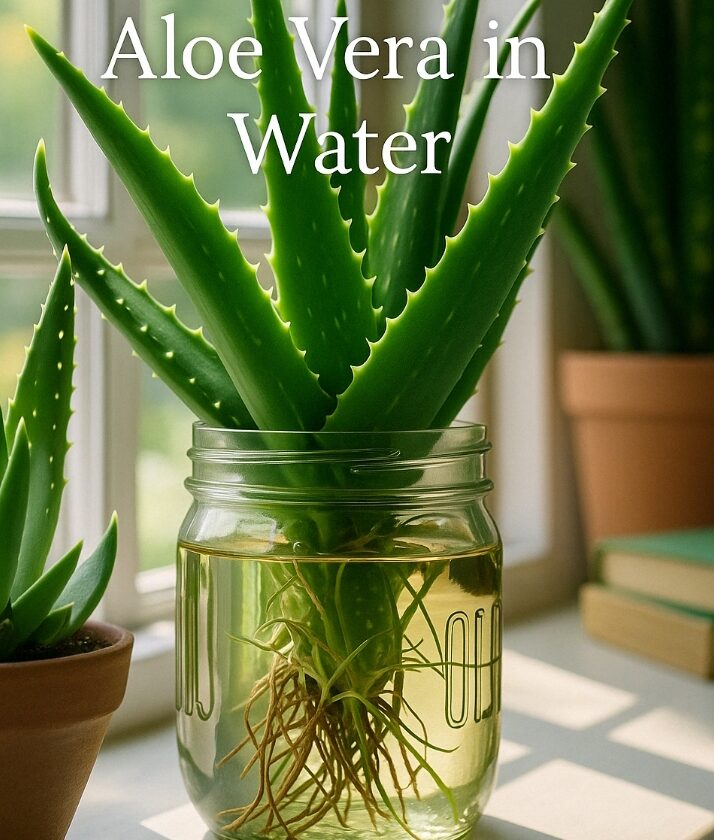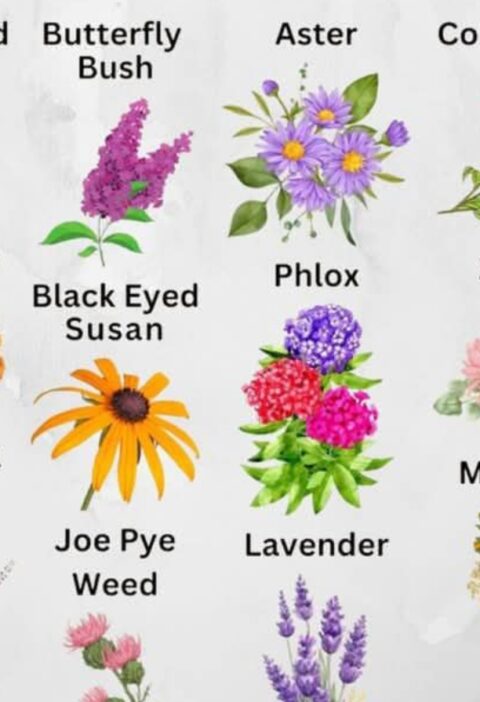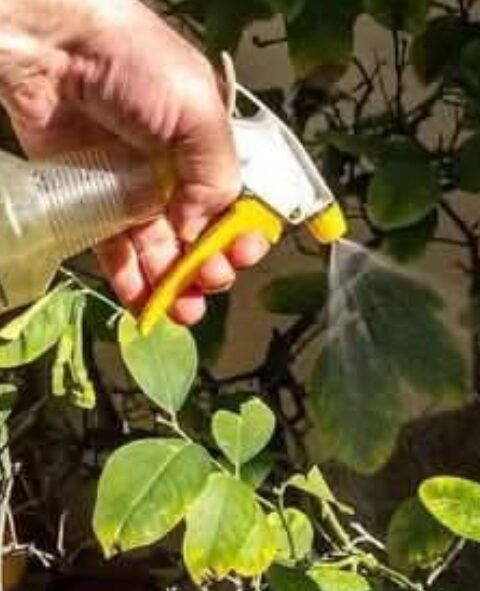The Art of Growing Aloe Vera in Water: A Stylish and Sustainable Approach to Indoor Gardening 🌿
Aloe vera has long been celebrated for its soothing gel, air-purifying properties, and low-maintenance beauty—but did you know you can grow it without soil? That’s right. With the right care, aloe vera can thrive in water alone, giving your space a modern, minimalist aesthetic while delivering all the same benefits. No messy potting mix, no repotting stress—just sleek glass, crystal-clear water, and vibrant green leaves.
This innovative gardening method isn’t just about looks. Growing aloe vera in water is cleaner, easier, and more visually striking than traditional planting. It lets you observe root development, reduces the chance of pests and disease, and fits beautifully into small spaces. In this guide, we’ll show you exactly how to grow aloe in water, why it works, and how to make it a long-lasting addition to your home décor and wellness routine.
Why Grow Aloe Vera in Water?
Growing aloe hydroponically (in water) offers several practical and aesthetic advantages:
No Soil, No Mess: Ideal for apartments, minimalists, and people with allergies
Root Visibility: See growth progress and monitor root health in real-time
Air Purification: Aloe still absorbs toxins and improves indoor air quality
Natural First Aid: Aloe gel is great for burns, rashes, and moisturizing
Stylish Home Decor: Looks modern and artistic in clear jars or vases
Space Saving: Perfect for windowsills, desks, bathrooms, and kitchens
Whether you’re a plant lover, a skin-care enthusiast, or someone looking for simple green décor, aloe in water checks every box.
Step-by-Step: How to Grow Aloe Vera in Water
1. Choose a Healthy Plant
Start with a young offshoot (pup) or a healthy cutting from a mature aloe plant. Choose a piece with visible root nubs or the potential to root easily. Avoid damaged or soggy leaves.
Tip: The best candidates are pups separated from the base of the mother plant.
2. Pick the Right Jar
Use a clear glass jar or vase with a wide opening that supports the aloe upright without submerging the leaves. Choose a container that:
Is tall enough to hold the roots
Allows visibility into the water
Is easy to clean and refill
Popular choices: Mason jars, small glass vases, decorative bottles, or repurposed candle jars
3. Add Water
Fill the jar with clean, room-temperature water. Only cover the root area—never let the leaves sit submerged, as this causes rot. Use filtered or distilled water if your tap water is hard or heavily chlorinated.
Water depth: Just enough to touch or lightly submerge the base of the roots
4. Place in Bright, Indirect Light
Aloe loves sunlight—but not direct, scorching rays when grown in water. Find a spot near a south- or east-facing window where it receives bright, indirect light.
Avoid: Midday sun, dark corners, or placing the jar too close to heat sources
5. Change the Water Regularly
To prevent stagnation and bacteria, replace the water every 1–2 weeks.
Rinse the jar to remove algae or residue
Inspect the roots for signs of rot or slime
Trim off any damaged root ends before refilling
Add Tip: You can add a drop of liquid houseplant fertilizer every month for extra nutrients
6. Enjoy the Results
Watch as the roots grow, the leaves thicken, and the plant stays fresh and clean. Over time, aloe in water can live for months—even years—with proper care. It may not grow as fast as in soil, but it remains healthy, elegant, and useful.
Bonus Styling Tips
Group with Other Water-Grown Plants: Combine with lucky bamboo, pothos, or herbs in matching jars
Use Decorative Pebbles or Marbles: Anchor the aloe and add visual interest
Label with a Chalk Tag or Hanging Tag: Add a personalized or rustic touch
Display in the Bathroom or Kitchen: Where you can use the gel directly and benefit from the humidity
Place Under a Grow Light in Winter: To maintain light levels during darker months
Common Questions & Troubleshooting
1. Can aloe vera really survive in just water?
Yes—with the right care, aloe can grow in water for extended periods. It won’t thrive as quickly as in soil, but it remains healthy and decorative.
2. Will the plant eventually need soil?
It depends. Some people transfer to soil after 3–6 months for faster growth, but it’s not required unless the plant stalls.
3. What if the roots start rotting?
Remove the plant, rinse with clean water, trim rotted roots, and refresh the jar. Always avoid submerging leaves.
4. Does aloe still purify air when in water?
Yes—it continues to absorb carbon dioxide and volatile organic compounds (VOCs).
5. Can I use the gel from a water-grown aloe?
Absolutely. The gel remains potent and usable for skin care and burns.
6. Can I add nutrients to the water?
Yes—use a mild, water-soluble houseplant fertilizer once a month. Avoid overfeeding.
7. What temperature is best?
Aloe prefers 65–80°F (18–27°C). Avoid cold drafts or placing near air vents.
8. Can I grow aloe in water from seed?
Not recommended. Aloe seeds need soil to germinate properly.
9. How do I prevent algae in the jar?
Keep the jar out of direct sunlight and clean it regularly. A darker glass container can also help.
10. Is this method pet-safe?
Aloe is toxic to cats and dogs if ingested. Keep jars out of reach of curious pets.
Related Articles You’ll Love (From canadianedshop.com)
Banana Peel Fertilizer for Houseplants – Simple Natural Feeding
Epsom Salt for Indoor Plants – When and How to Use It
DIY Garlic Spray for Natural Pest Control
11 Houseplants That Clean the Air – Naturally
Baking Soda for Plant Care – Pest and Disease Tips
Final Thoughts
Growing aloe vera in water is more than just a gardening hack—it’s a fusion of function and design. It gives you a living plant that requires minimal care, looks stunning in any space, and offers practical benefits from purifying your air to healing burns. Whether you’re new to plants or looking for a stylish way to expand your green collection, this low-maintenance approach is a beautiful and modern solution.
All you need is a cutting, a jar, and a little sunshine. No soil, no stress—just fresh, green life on your windowsill.
Must express something to keep getting my recipes… Thank you!






